Deliverables
ITFC Instagram Posts
A series of visually engaging Instagram posts were designed to promote participating businesses. The posts featured a mix of vibrant images showcasing the diverse offerings of Chelsea businesses, accompanied by concise and impactful captions. Consistent use of campaign colors and typography ensured brand recognition.


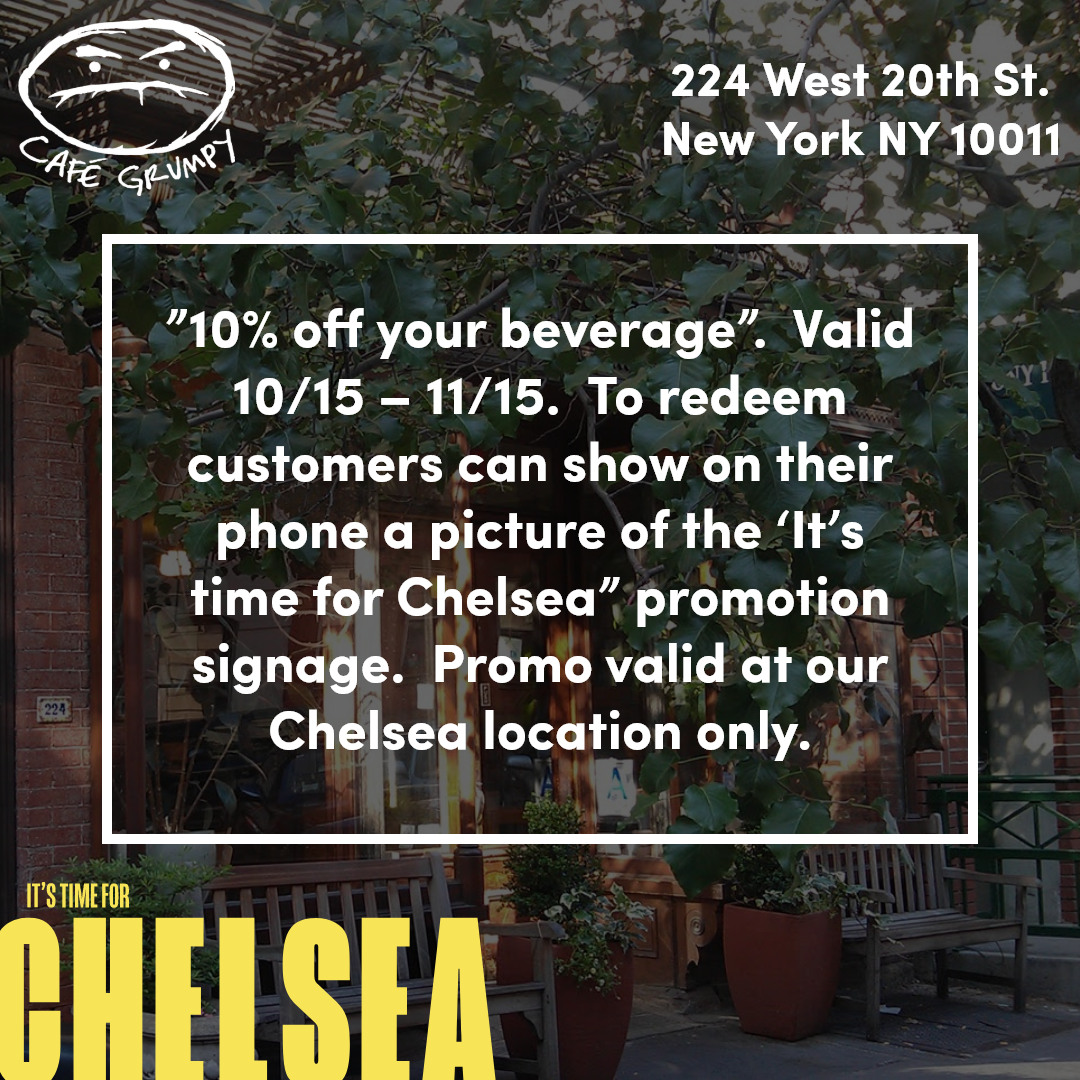
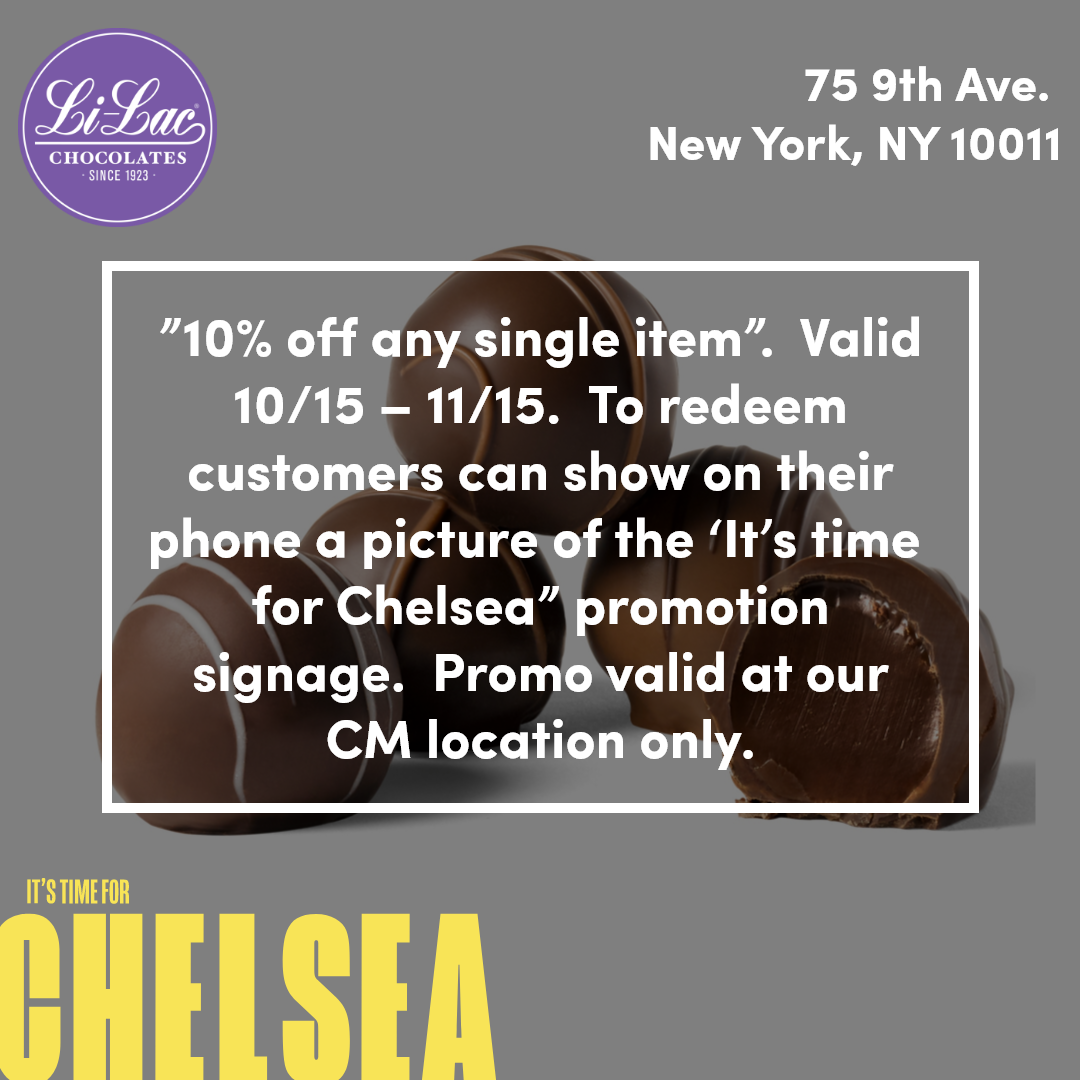


ITFC Chelsea Market Ads
Ads were crafted for display within the Chelsea Market, targeting both local residents and visitors. The design combined the iconic imagery of Chelsea Market with campaign elements, creating an enticing visual that encouraged foot traffic to the area.
To expand the campaign's reach, ads were developed for display on LinkNYC kiosks throughout the city. These ads were designed to capture attention in a fast-paced urban environment, providing essential information about the campaign and its offerings.
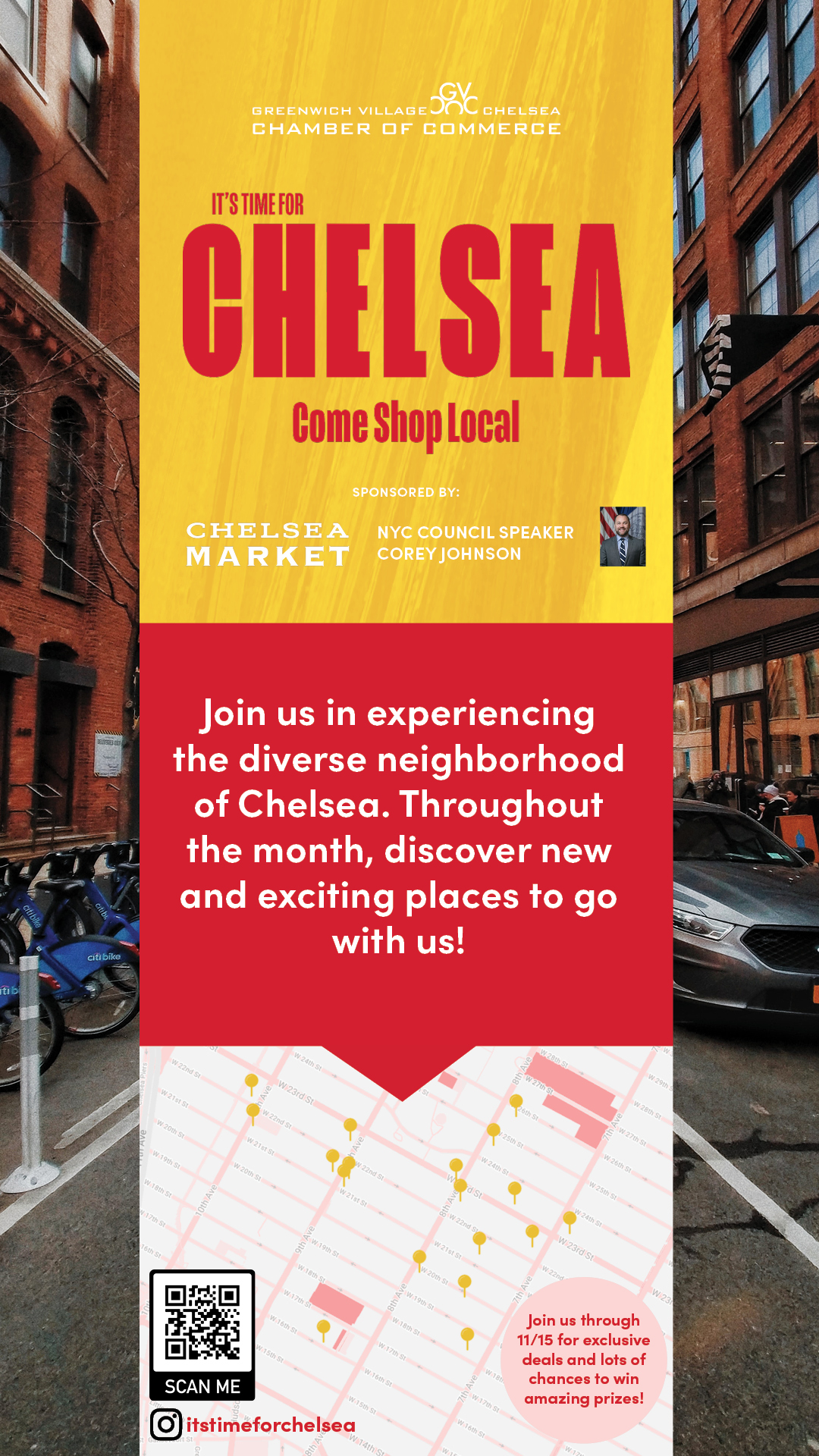
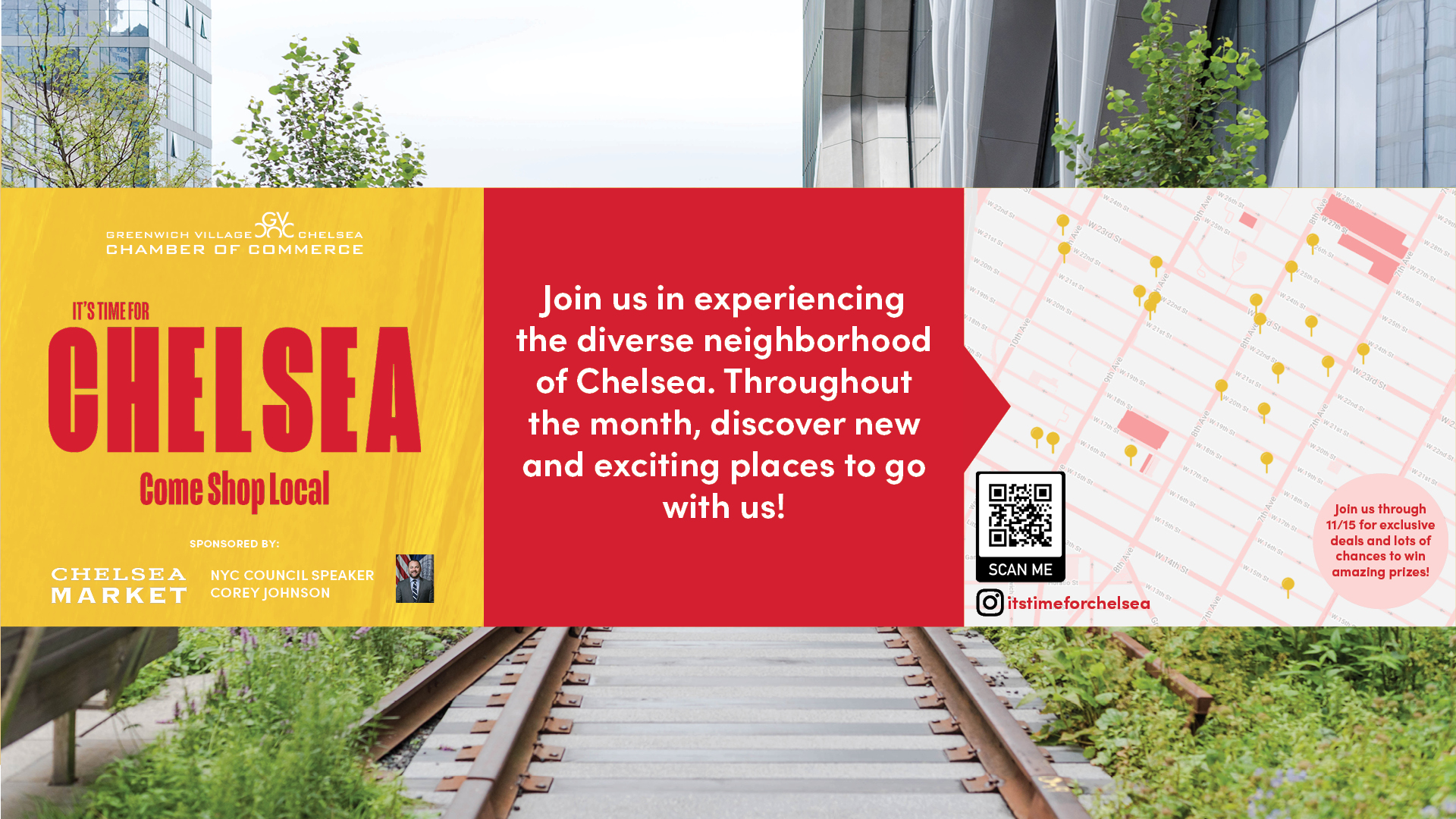
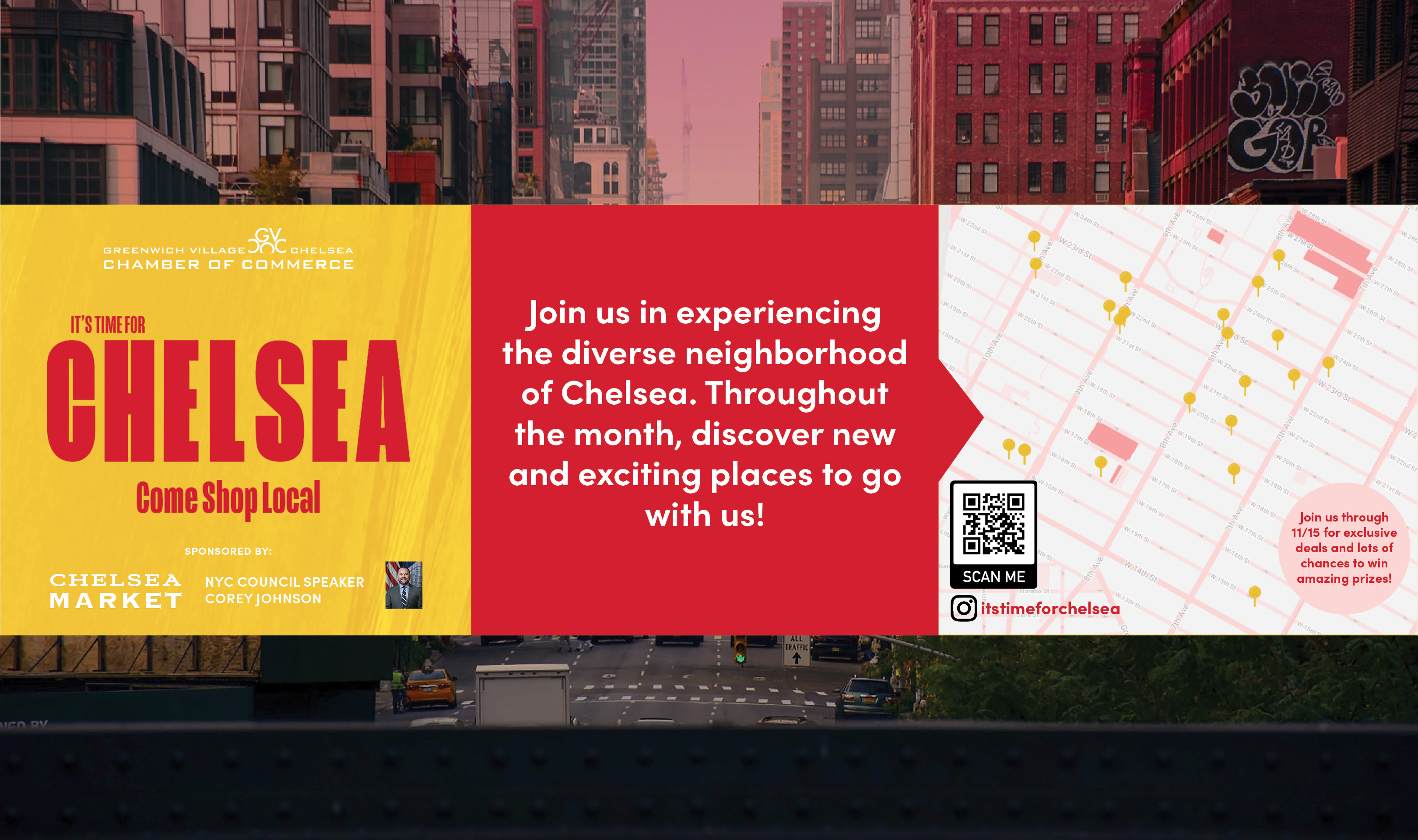
Results and Impact
The "It's Time for Chelsea" campaign successfully increased awareness and foot traffic to local businesses in the Chelsea area. By leveraging the established "It's Time for NYC" branding and unifying design elements, the campaign achieved a strong visual presence across various platforms. The cohesive design strategy facilitated recognition and recall among the target audience, encouraging engagement and participation.
Some key takeaways from this project are: